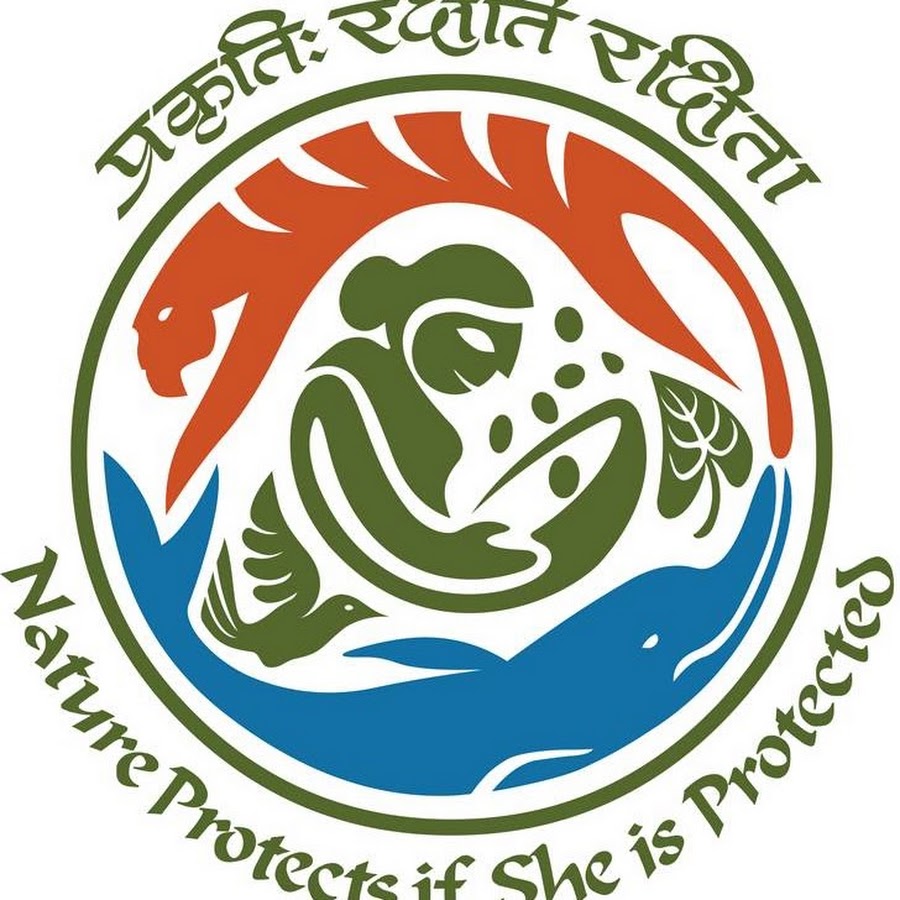National Forest Monitoring System
National Forest Monitoring System (NFMS) is synergy of processes that support strategic decision making by systematic and repeated measurement and observation of forest resources, efficacy of their management, uses and users; and most importantly to deliver periodically valid, representative and relevant information on comprehensive status and trends of the resource for the country with reasonable scale of accuracy. India started forest cover assessment in 1987 using LANDSAT-MSS satellite data with a spatial resolution of 80 meter. Since 1995, FSI started using indigenous remote sensing satellite data and mode of interpretation was partly shifted from visual to digital. Since 2001, there were major technological and methodological advancements in the techniques of forest cover mapping in terms of satellite data, scale of mapping and interpretation. Since then, the forest cover mapping has been carried out at a scale of 1:50,000 with mode of interpretation completely shifted from visual to digital. LISS-III data having spatial resolution of 23.5 meter has been used since then. As a result of this advancement, the Minimum mappable unit (MMU) has been further reduced to one hectare from 25 ha. Thus, during last 30 years, there has been a significant advancement in the remote sensing technology and India has kept pace with it as far as forest resources assessment is concerned, and is fully capable of computing quantum of forest carbon stocks. In 2016, the National Forest Inventory (NFI) was reoriented keeping its focus to generate information which are used in
- Forest policy making at national and international levels;
- National and State forest management planning;
- Planning of forest investments;
- Assessing sustainability of forests
- Evaluation of greenhouse gas emissions and changes in carbon storage; and
- Research, etc.


